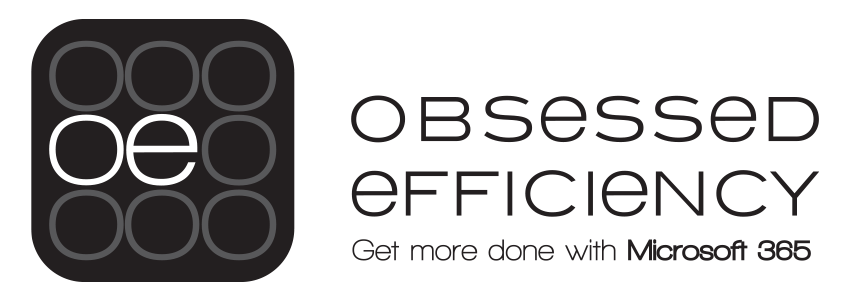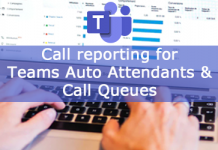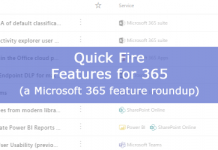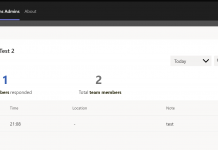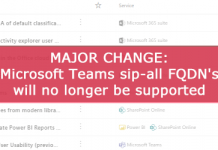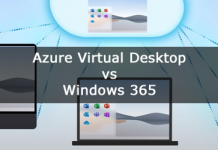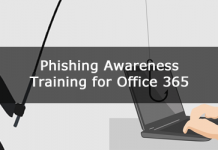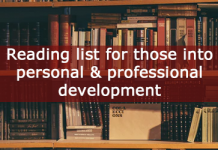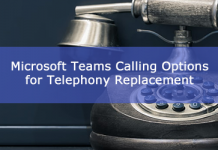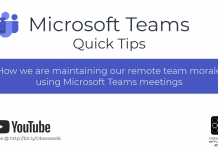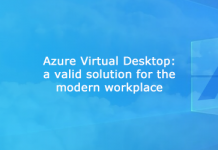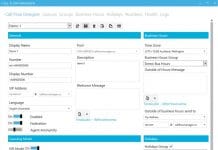Creating a Lync Online Meeting
There are 2 ways in which an Online Meeting can be organised.
- Schedule a meeting in Outlook
- Start the meeting immediately from Lync
- From the Lync menu select “Meet Now”:

- Select the audio experience:

- Get the meeting join information by selecting the additional options menu (…) at the bottom right of the conversation window:

- Copy or read out the join information – the meeting can be joined by dialling in to the listed phone number and using the conference ID, or via the web browser for a richer experience via the meeting link:

- From the Lync menu select “Meet Now”:
What will the customer see??
Once you have provided the meeting join information, the customer can join the meeting in 2 ways:
- Over the phone – If this is an audio only conference they can dial-in to the conference using the dial-in number and conference ID.
- Online Meeting – If you want to share content such as your screen, the customer should follow the provided meeting link. This will open the following page in a web browser:

To install the Lync Web App the customer should follow the provided instructions which look like this:
NOTE: Once installed the customer may be prompted by Windows firewall to allow the connection
Before joining the meeting the customer will be prompted to allow the Lync Web App plugin to run:
Once the customer has joined the meeting, depending on the meeting configuration (which will be talked about later in this document) the customer may require admission from the meeting lobby. Select “Admit” to enter them in to the conference or “See Lobby” for further information:
“See Lobby” option:
Setting Meeting Permissions
Depending on how you organise the meeting there are 2 ways in which you can change the meeting permissions:
1. If you are creating the meeting using Outlook –
Select “Meeting Options”:
Select the options that you require. Below is a common configuration:
“A new meeting space” has defined permissions as in the above example. If you don’t require any restrictions on your meeting use the default setting “My dedicated meeting space”.
Under the “Phone” tab you can specify from list of available calling regions. This calling region will be number displayed for dial-in.
The participant can still search for local numbers by following the “Find a local number” link in the Outlook meeting request:
This information can also be accessed from the Lync Meeting Entry Info mentioned in more detail earlier in this document:
2. If you created the meeting using the Meet Now option –
Selecting the additional options menu (…) at the bottom right of the conversation window and Select “Lync Meeting Options”:
Select the options that you require. Below is a common configuration:
- Lobby – here you can decide who can get directly into the meeting without waiting in the lobby. If a particular attendee is required to wait in the lobby the meeting organiser will have to admit them as mentioned earlier in this document.
- Presenters – By making an attendee a presenter you give them the ability to control the meeting and its content.
